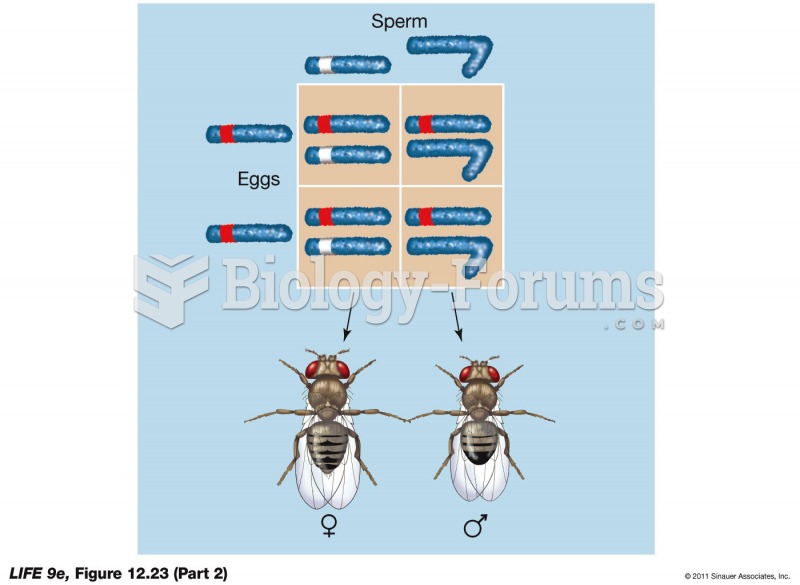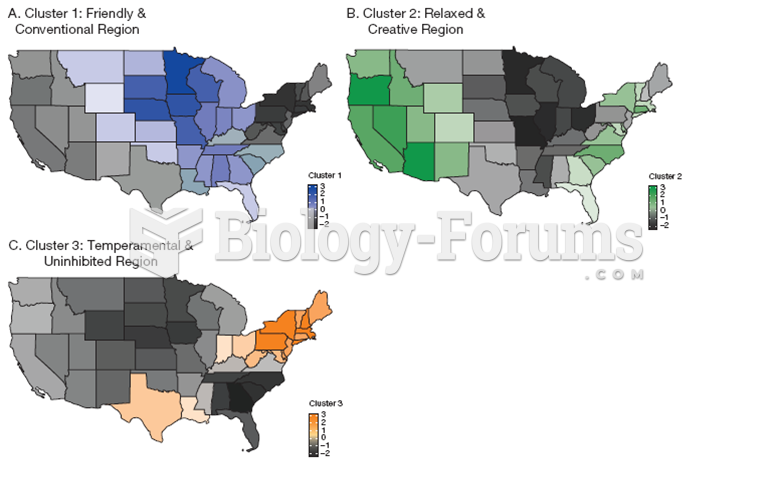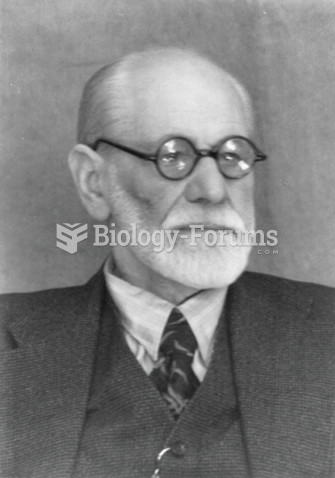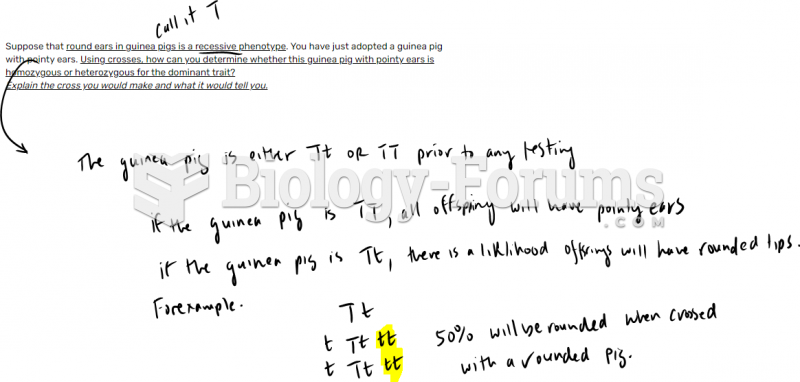Answer to Question 1
Allport proposed a trait theory that includes a hierarchy of traits. At the top are what he called cardinal traits. These are the most dominant characteristics that direct a person's behavior in most situations. More common and less pervasive are central traits, which represent the basic building blocks of personality. At the most superficial level are secondary traits, or trivial preferences and patterns of behaving. Cattell advocated a theory in which there were two classifications of traits. Surface traits are the superficial, easily observed characteristics of personality. He then suggested that surface traits could be organized and interpreted as reflecting a smaller number of source traits. His measurement approach was to characterize people on the basis of
16 of these traits, which he referred to as personality factors and measured using the
16PF. Eysenck developed a model of personality based on three major traits. Introversion-extraversion describes people in terms of social interactions. People high on introversion prefer to be alone and engage in solitary activities. Extraversion refers to people who are outgoing and very sociable. Neuroticism is a term for emotional instability. People high on this trait are tense and anxious, whereas those who are low are relaxed and easy-going. Psychoticism describes people who are cold and anti- social. Low psychoticism describes people who are warm and sensitive. The most widely accepted trait theory of personality is the five-factor model (FFM). This model proposes five fundamental personality factors. Neuroticism and introversion are conceived of in much the same way as in Eysenck's model. Additionally there are factors called openness, agreeableness, and conscientiousness. The factors have consistently emerged in a variety of research settings, using a variety of measurement methods and are believed to have a substantial genetic component.
Answer to Question 2
b







